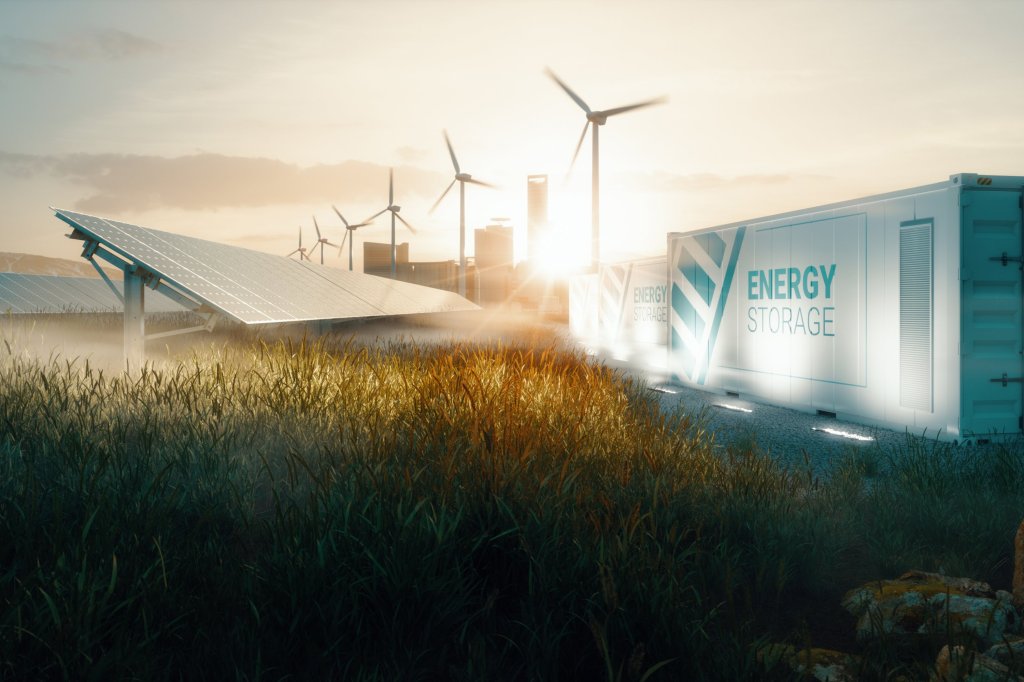Scientists from multiple international research institutions have announced a breakthrough in renewable energy storage technology. The new battery system demonstrates significantly improved capacity and longevity compared to current lithium-ion solutions.
The collaborative project, spanning five years and involving teams from Japan, Germany, and Canada, has developed a solid-state battery design that could revolutionize grid-scale energy storage. Initial tests show the technology can maintain 95% efficiency after 10,000 charge cycles.
“This represents a major step forward in making renewable energy more practical and reliable,” explained the lead researcher at the Tokyo Institute of Technology. “One of the biggest challenges with solar and wind power has been storing energy for use when the sun isn’t shining or the wind isn’t blowing.”
The new battery system uses ceramic electrolytes instead of liquid ones, making them safer and more stable across a wider range of temperatures. This could be particularly valuable in regions with extreme climates.
Commercial production is still several years away, as the technology needs to be scaled up and manufacturing processes refined. However, several energy companies have already expressed interest in partnering for pilot projects.
The research team is now working on reducing production costs to make the technology economically competitive with existing storage solutions. They estimate that with proper investment, commercial units could be available within the next five to seven years.


Leave a Reply